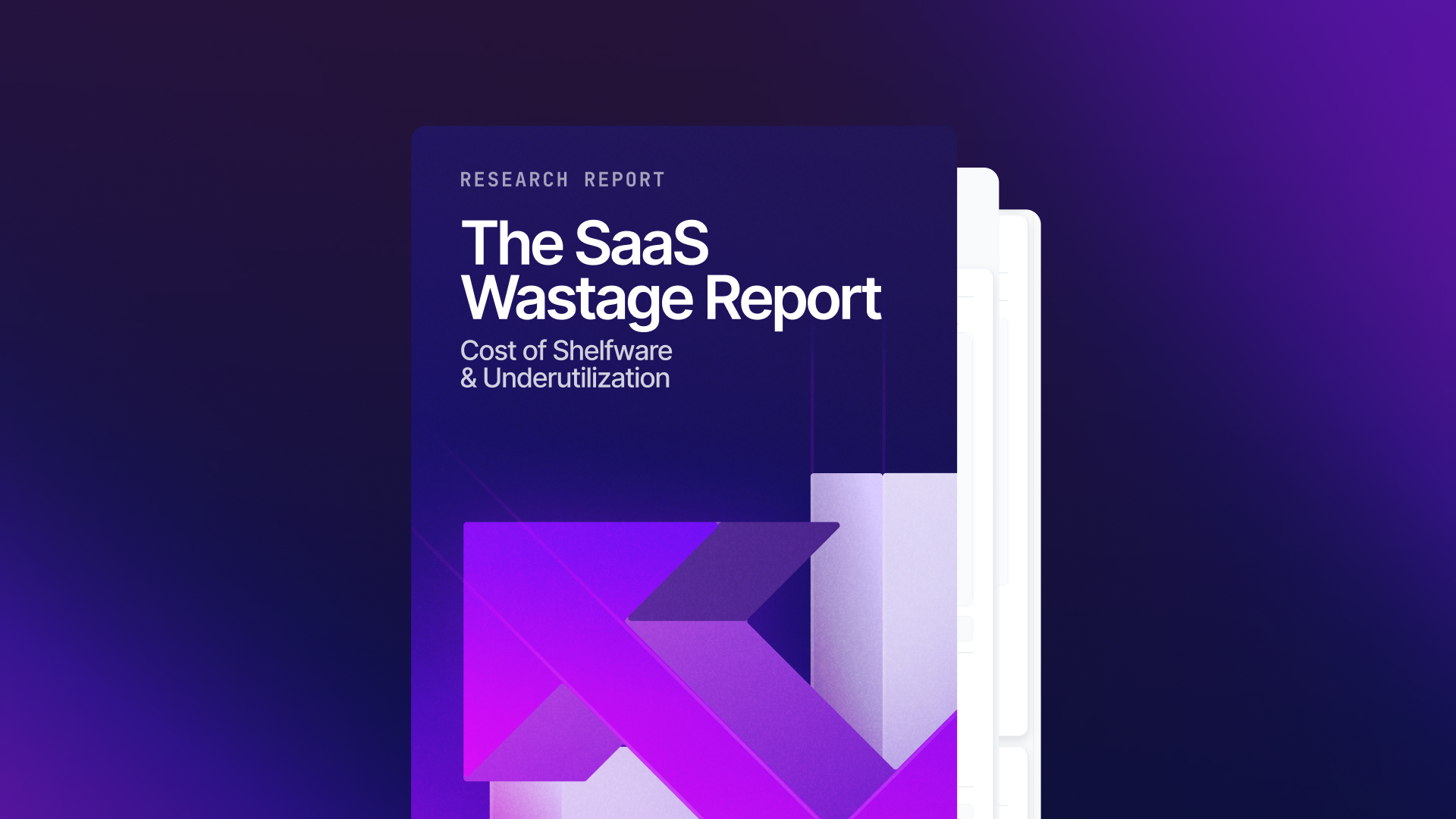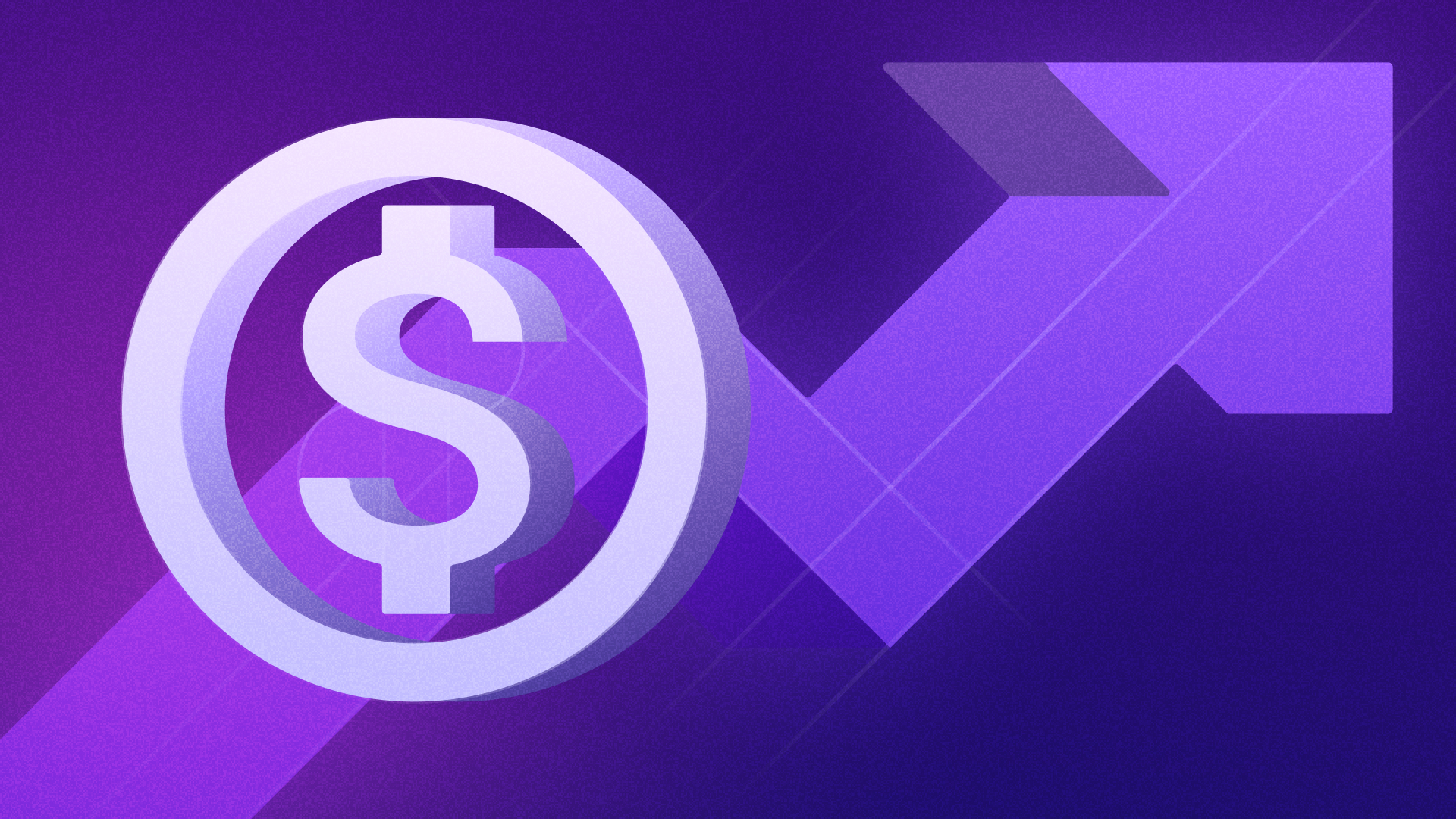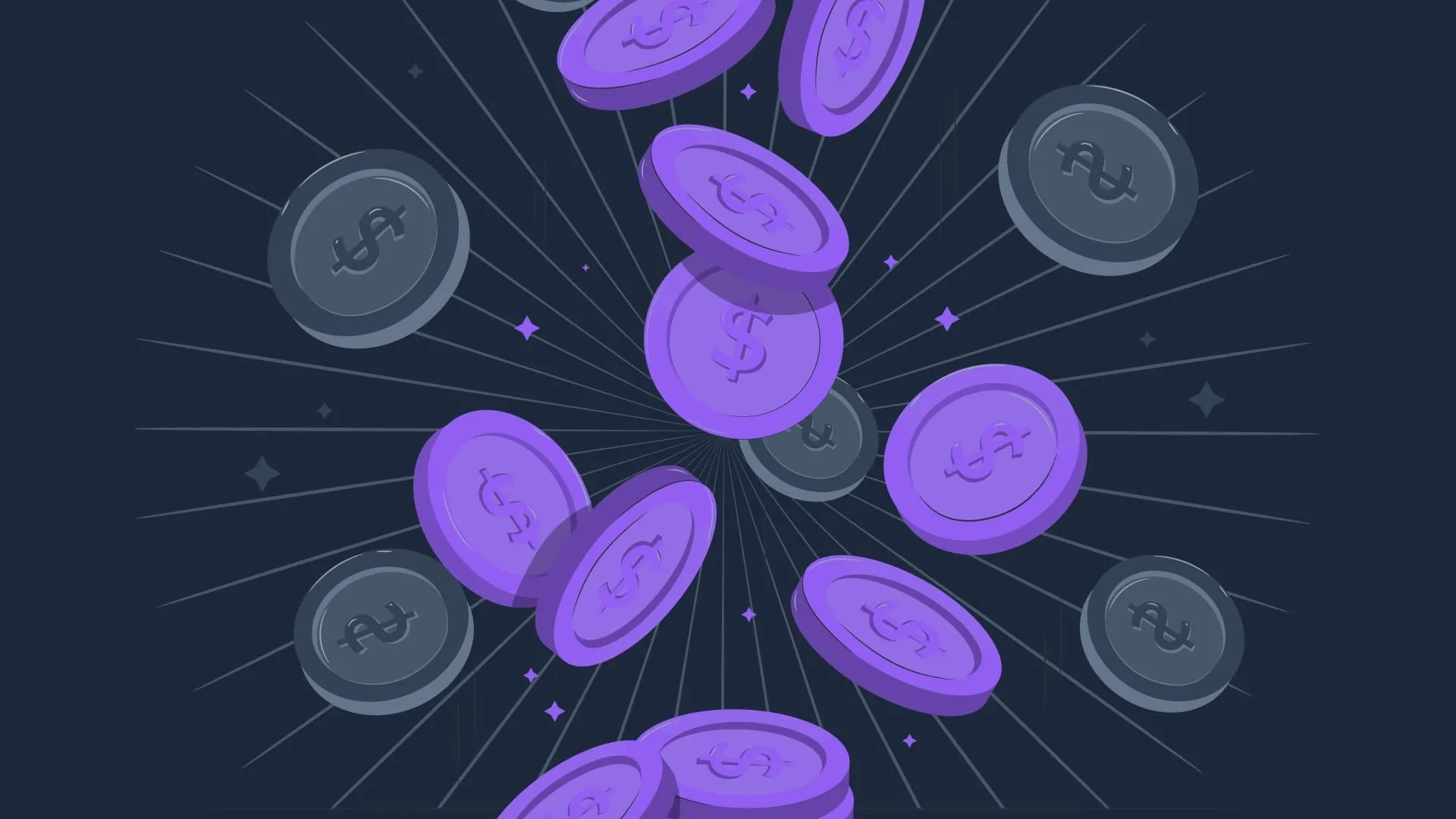Asana
Company Profile
Asana is a work management platform that enables teams to organize, track and manage projects. Founded in 2008, Asana is widely used in the IT sector and offers more than 100 integrations with other platforms.
Asana
Pricing Insights
Want to save up to 30% on
Asana
?
Guaranteed ROI or your money back. We will help you to get the best deal.


What is
Asana
?
This Asana pricing guide offers an honest assessment of the platform and its capabilities. In line with our mission at Vertice, we aim to provide businesses with the information they need to purchase a new platform. We’re not looking to promote one product over another, we simply want to optimize cost avoidance and SaaS spend management across the board. So, after a breakdown of Asana costs and subscription tiers, we’ll make three recommendations for alternative solutions, allowing you to make the right decision for your organization.
What Asana can do for you
Asana is a work management platform that helps teams organize, track, and manage tasks.
Used by marketing, management, operations and IT departments alike, Asana is suitable for businesses of all sizes and industries. 85% of Fortune 100 companies use the Asana platform, which the company divides into six core capabilities. We’ve outlined these key features below.
- Project management
- Track work from start to finish, keeping every member of every team in sync and on schedule.
- Increase visibility into current projects across the entire organization.
- Choose from five different project view formats and assign custom labels for each task.
- Spot barriers to work, report on progress, and keep work running smoothly.
- Automate updates for new tasks and comments to keep the production line moving.
- Workflows and automation
- Create processes that run themselves with no coding required so teams can focus on delivering projects.
- Scale reliable and error-proof workflows across the organization.
- Goals and reporting
- Connect projects to company objectives and track progress with real-time data.
- Track goals in one place to keep teams motivated and focused.
- Custom reporting tracks metrics such as time and budget to identify potential obstacles to work.
- Resource management
- Prioritize and schedule incoming work without overwhelming your team.
- Easily reorganize schedules when workload imbalances occur.
- Use data insights to strategically plan the next day, week, month and quarter.
- See where teams are spending the most time to understand how best to prioritize resources.
- Admin and security
- Deploy and manage Asana with confidence, no matter your business’ size or industry.
- Secure workspaces with two-factor authentication, passwords, and other layers of protection.
- Protect company data with permission levels and access controls.
- Adhere to global, regional and industry data management regulations.
- Asana Intelligence
- A new AI tool that will help organizations work smarter — launching in June 2024.
Asana pricing structures and tiers
Asana splits its tier structures according to business size and platform usage. For individuals and small teams, the following three subscriptions are available.
Asana pricing — Personal
Price: free
For basic functionality in project management, Asana’s Personal tier is completely free to use. Capabilities include unlimited tasks, projects, messages, activity logs, file storage (100 MB per file), assignees and due dates.
Personal subscribers also have access to status updates, three project view formats, 100+ software integrations, and the Asana mobile app. This tier allows for up to ten collaborators.
Asana pricing — Starter
Price: $11.89 per person per month (pppm)
For growing teams who need to track projects more efficiently, the Starter plan includes all the features of Personal alongside dashboards, custom project templates, admin console, unlimited free guests, all project view formats, and Asana Intelligence.
The vendor also includes a workflow builder function limited to 250 automations per month. Starter subscribers can collaborate with up to 500 teammates.
Asana pricing — Advanced
Price: $26.31pppm
For companies managing a work portfolio across multiple departments, the Advanced Asana tier includes approval and proofing functions, advanced reporting, time tracking, and scaled security. This plan caps automations at 25,000 per month.
Asana pricing — Enterprise and Enterprise +
Price: contact sales
Businesses and enterprises can leverage two other subscription tiers: Enterprise and Enterprise+. Asana pricing on these tiers isn’t available online, with prospective customers invited to contact the sales team. Premium account support, unlimited seats, resource management and enhanced security provisions are some of the features included in these tiers.
Asana offers a 50% reduction in subscription costs to all non-profit organizations. A free trial is also available for Asana’s Advanced subscription.
Additional Asana costs to consider
There’s no direct mention of additional Asana costs to consider online, but subscriptions are charged per user per month. This means any added seat will incur an extra cost.
As with many SaaS subscriptions, Asana pricing can be flexible. If there’s a feature of one particular tier that you require — but you don’t need the rest of the features of that tier — our negotiating teams will try and secure it for you at an appropriate added cost. We drive a hard bargain during contract discussions, all in the aim of securing your business the best possible deal.
Other vendors offering project management solutions
Asana is just one of many project management platforms. We have no ulterior motive here at Vertice – reducing all companies’ software spend via a strategic procurement cycle and SaaS contract negotiations is our goal, regardless of the solutions they subscribe to.
With this in mind, take a look at three alternative project management platforms below.
Asana pricing vs Trello
The Trello platform has greater visual emphasis, organizing tasks on a series of kanban boards — a method of tracking projects akin to sticky notes on a physical whiteboard.
Boards, lists and cards combine to create a platform known for its ease-of-use. As such, Trello pricing is probably more suited to smaller teams and businesses, as its subscription tiers suggest:
- Free: a free-to-use tier for individuals with limited functionality and security features.
- Standard: $5pppm, for small teams looking to scale project management and collaboration efforts.
- Premium: $10pppm, for teams who need to track tasks in a variety of ways.
- Enterprise: $17.50pppm, for large organizations with advanced project management needs.
Trello offers a 14-day free trial of its Premium tier.
Asana pricing vs Jira
Developed by Atlassian, the Jira platform segregates tasks by Projects, Boards, Issues and Workflows, creating a central location for communication and collaboration across all team members. It’s favored in particular by software engineers, but it’s also popular among design and IT teams as well.
Jira pricing can also be broken down into four subscription tiers:
- Free: a free-to-use tier with basic functionality for individuals.
- Standard: $7.16pppm, helping small teams organize work.
- Premium: $12.48pppm, aligning workflows across multiple teams.
- Enterprise: contact sales for quote.
A seven-day free trial is also available.
Asana pricing vs Monday.com
Widely used in marketing and advertising departments, the Monday.com project management platform works best for content creators. Workflows are seamlessly managed by automated triggers, instantly alerting team members to real-time project updates.
Monday pricing offers a little more flexibility than Trello and Jira, with five subscription tiers available:
- Free: for individuals tracking work across up to two seats.
- Basic: $10.03pppm, for managing the workloads of small teams.
- Standard: $13.79pppm, for cross-team collaboration.
- Pro: $21.31pppm, for streamlining complex workflows.
- Enterprise: contact for quote.
Monday offers a 14-day free trial of its Pro subscription.
Asana pricing — the Vertice verdict
Asana’s project management platform is useful for any team — regardless of department, company or industry — struggling to organize tasks effectively. Its five subscription tiers, which includes a free-to-use option with decent capabilities, covers teams and companies of any size.
Asana subscription prices are slightly more expensive than the other platforms discussed here, but there’s a little more on offer in terms of product features. Asana Intelligence’s introduction in June 2024 will only bolster the platform.
Customers can choose from five subscription plans – Monday is the only other platform in this guide boasting as many. All of these project management solutions offer free subscriptions and generous free trials, putting customers in a healthy position from the start.
If you’re unsure which platform is right for your business, Vertice’s customer purchasing teams can help you decide, before negotiating optimized subscriptions on your behalf. Once your subscription goes live, Vertice’s SaaS Purchasing platform can help keep all contracts under control and assist with vendor relationship management.
Get in touch to find out how Vertice can save your business 25% on its annual SaaS spend.
Asana
Pricing FAQs
Is it worth paying for Asana?
If your company is struggling to effectively organize tasks across teams and departments, Asana might be the platform for you. It’s used by 80% of the Fortune 100, including Amazon, Dell, and Deloitte.
Can I use Asana for free?
Yes — Asana offers a free subscription for basic project management functionality. Asana also offers a free trial of its Advanced tier.
What are the subscription options for Asana?
Asana subscriptions are available in five tiers: Personal, Starter, Advanced, Enterprise and Enterprise+. Information on these tiers can be found above.
Further Content
Explore more SaaS vendors
Use Vertice to get the best pricing on any software your business needs, and save on annual renewals for your existing contracts.







































